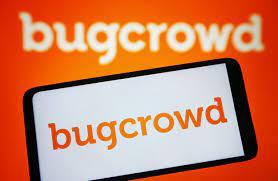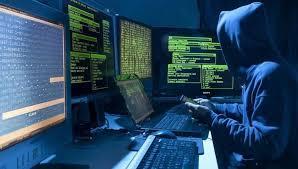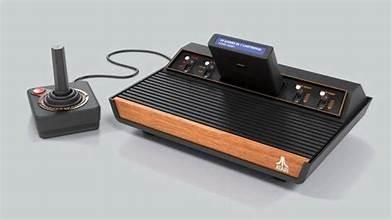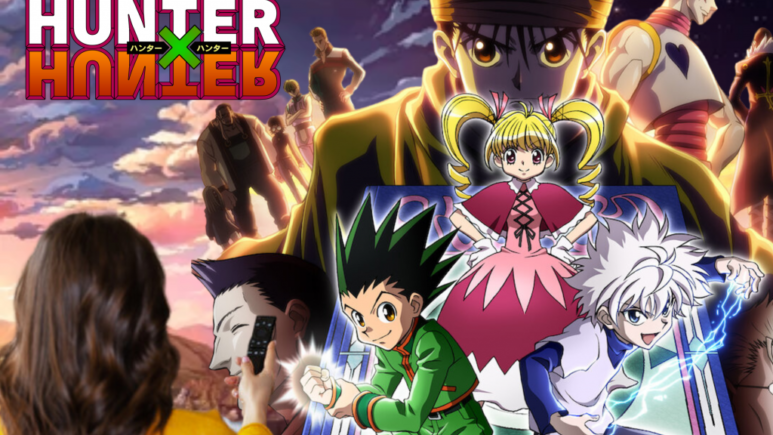Written by Paul Wallett,
Regional Director, Trimble Solutions Middle East and India
The construction industry is among the key economic drivers in Egypt and the sector has been growing significantly over the last ten years. Aside from the growing demand in residential buildings, the growth in the sector is also attributed to public infrastructure projects.
One of the priorities of the Egyptian government is the improvement of public infrastructure such as ports, airports, and road & railway construction.
The Ministry of Transport has around 25 projects in the railway sector in the pipeline some of them being the El Mansoura and Damietta metro line Tanta and Damietta metro line, and the renewal of Cairo Metro Line 2.
To meet the growing demand in the construction sector, companies are leveraging the power of smart tools, software and solutions. This is also driven by the need to enhance project processes as witnessed in the past when the country’s construction sector faced problems related to stakeholders and unavailability and non-utilization of data and information.
In the past, companies in the construction industry have incurred more cost, time, and materials due to inefficient management. However, the advancements of technology have changed Egypt’s construction landscape.
Modern innovations such as modular construction and building information management (BIM) software are gaining more traction, and organizations are benefitting from it in terms of enhanced workflow, higher productivity, improved efficiency, and quality of processes. BIM has become one of the top used technologies for construction projects and Egypt has witnessed the growing integration of this
technology. Data shows that 83 per cent of the country’s engineers, architects, and contractors use BIM.
The integration of BIM has contributed to the success of various projects in the country particularly public infrastructure such as roads, railways, and metro stations, among others.
In the construction of the Adly Mansour metro station and the Grand Egyptian Museum in the country, for instance, BIM was adopted to address the complexities and meet the expectations of stakeholders. Managing projects at this scale entails various skills, applications, collaborations, and techniques.
Further, construction projects require centralized data management and information flow to improve collaboration between stakeholders. BIM enables simultaneous access to project data and vital information, hence, eliminating the risks of data errors and reducing miscommunication and gaps between the project stakeholders.
More construction projects are in the pipeline as Egypt plans to build around 14 new smart cities in a bid to modernize the country and ramp up investment on sustainable buildings.
BIM can also help in these projects from the designing stage through construction to building management particularly in the best use of data to produce accurate information that could enhance processes.
For instance, to meet the sustainability goal of a building, BIM technologies provide architects, engineers and building managers with accurate and real-time data as to how assets can impact or alter energy consumption. This valuable data presents industry professionals an opportunity to redesign, if needed, to reduce cost while meeting the objectives of a smart building.
This broad range of benefits in using BIM in construction have been defined including centralizing data management and information flow, improving cost control, maintaining the construction schedule, and meeting stakeholders’ demands and requirements. Traditional BIM software by itself, is already advantageous.
But with the new generation of BIM software solutions, the benefits extend from architects to structural firms to building contractors and even real estate companies.
Increasingly, the traditional scope of design BIM is giving way to the significantly more advanced concept of ‘Constructible BIM’ in order to cope up with ever growing complexity of building design and importantly, building construction.
The term 'constructible' defines the ease and efficiency with which structures can be constructed from a 3D or visual model. If a BIM model is detailed enough, the constructability of a building can be tested in advance to make sure that it is actually constructible, and at reasonable cost.
A constructible model thus allows designers, engineers and contractors to streamline their processes and improve efficiency and productivity throughout the project lifecycle.
Here, it is important to underline that while all constructible models are BIM-ready, not all Building Information Models (BIM) are constructible. The ‘design models’ and ‘constructible models’ differ on the level of accuracy, development and detail present in the model itself.
While all BIM models can be used to communicate a building concept, if they lack the data to support construction, fabrication and procurement they are not ‘constructible’ models.
In Egypt, the awareness of BIM technology has increased overtime with the growth of construction industry. Construction companies are now seeking the best practices for successful integration of this technology in major construction projects and infrastructure development. It is safe to conclude that the growing investments on technology such as BIM will further boost and speed up developments in the country.














































































